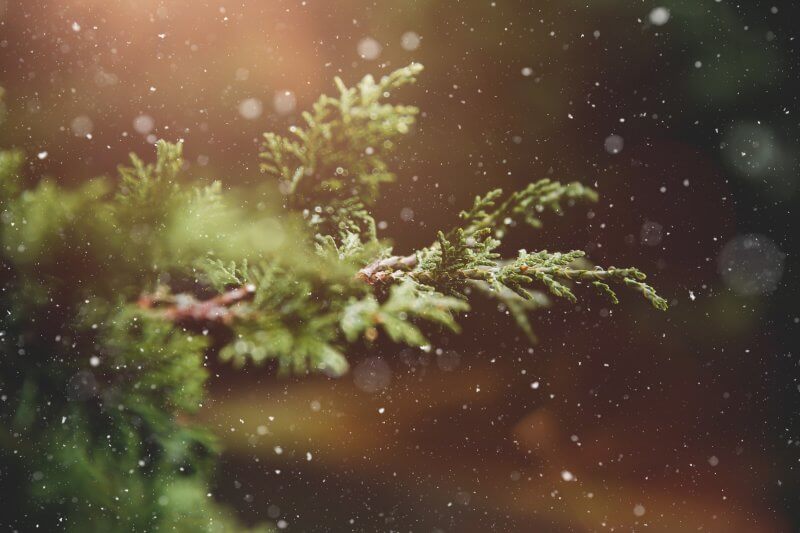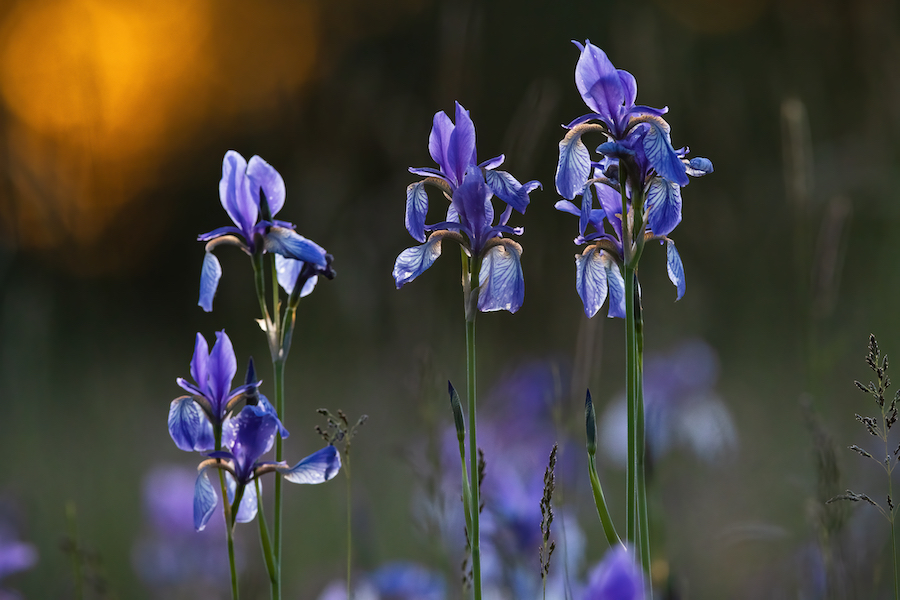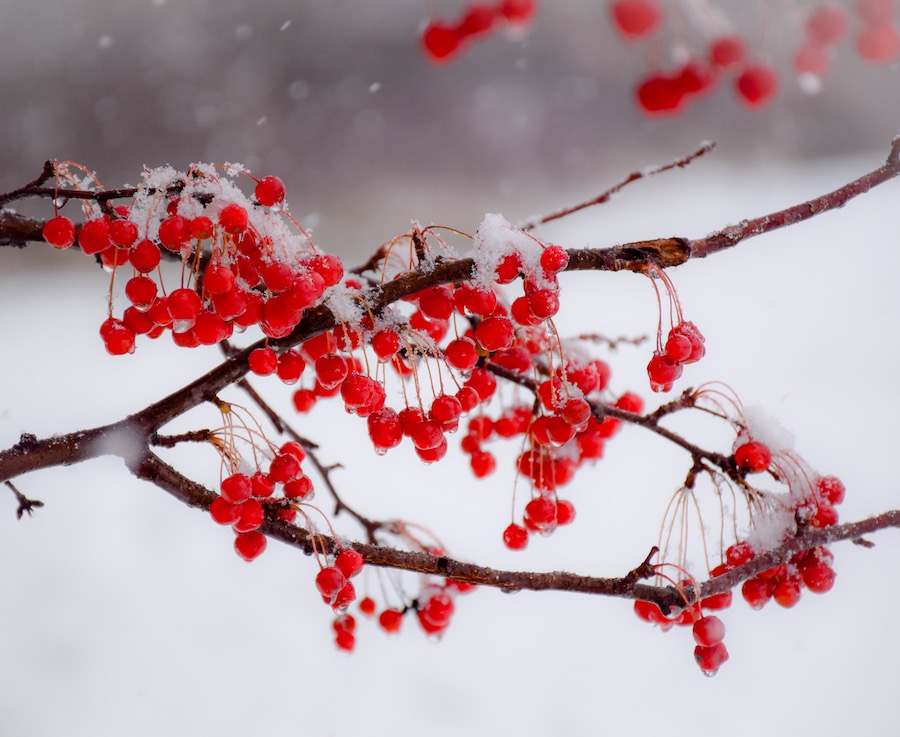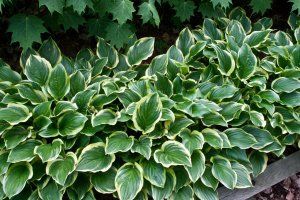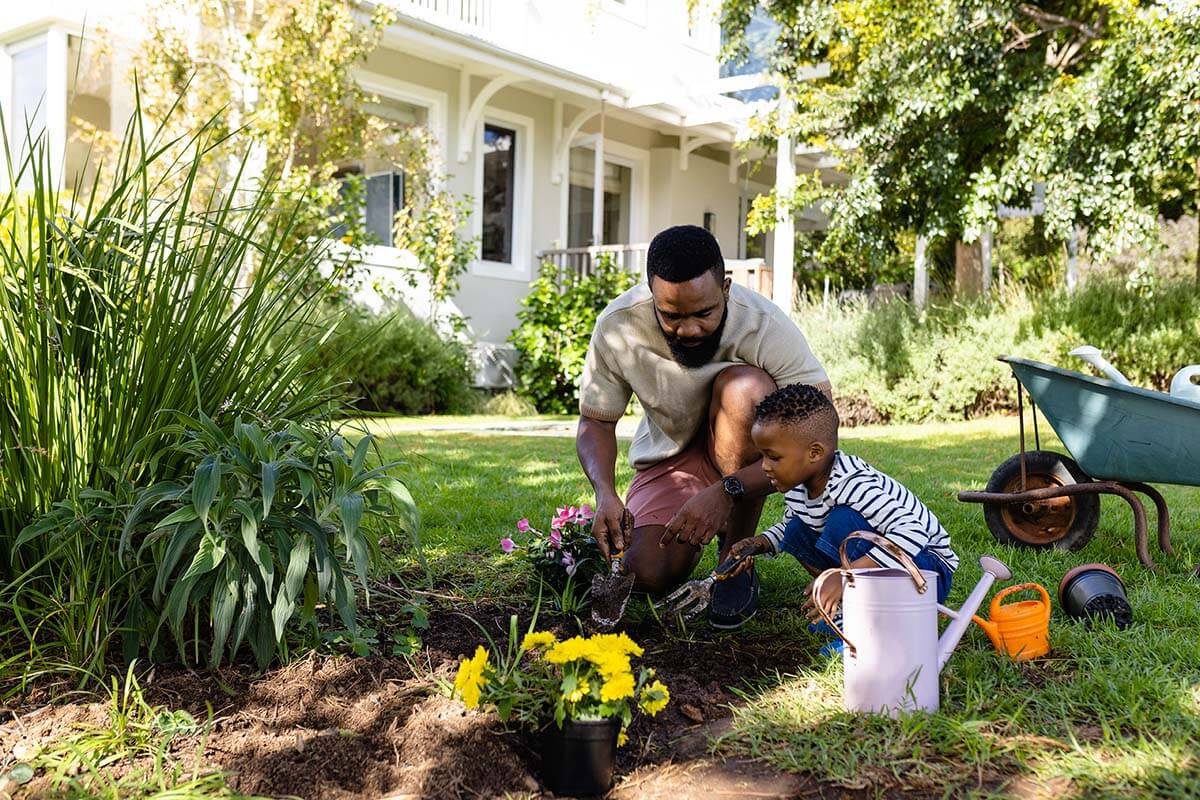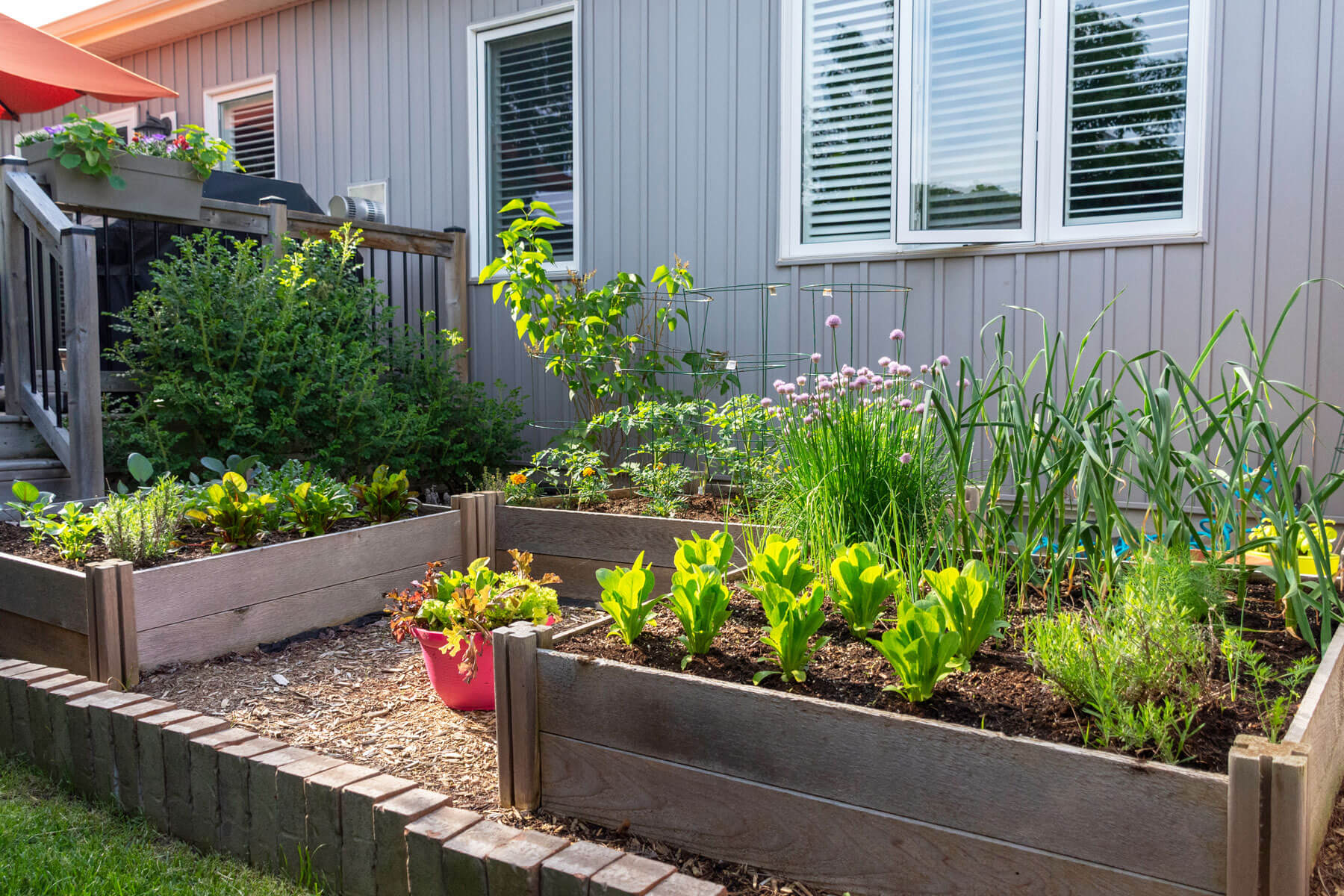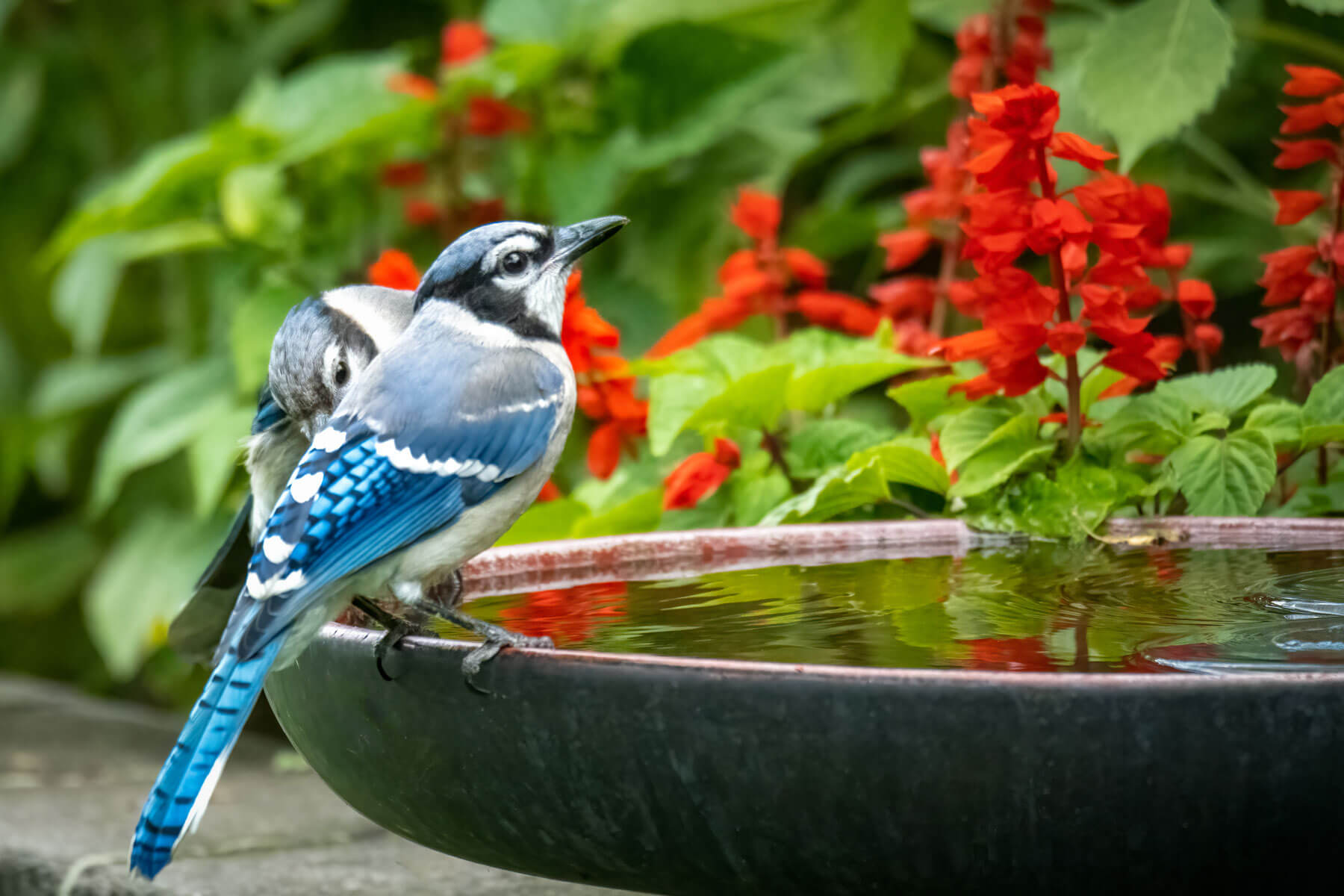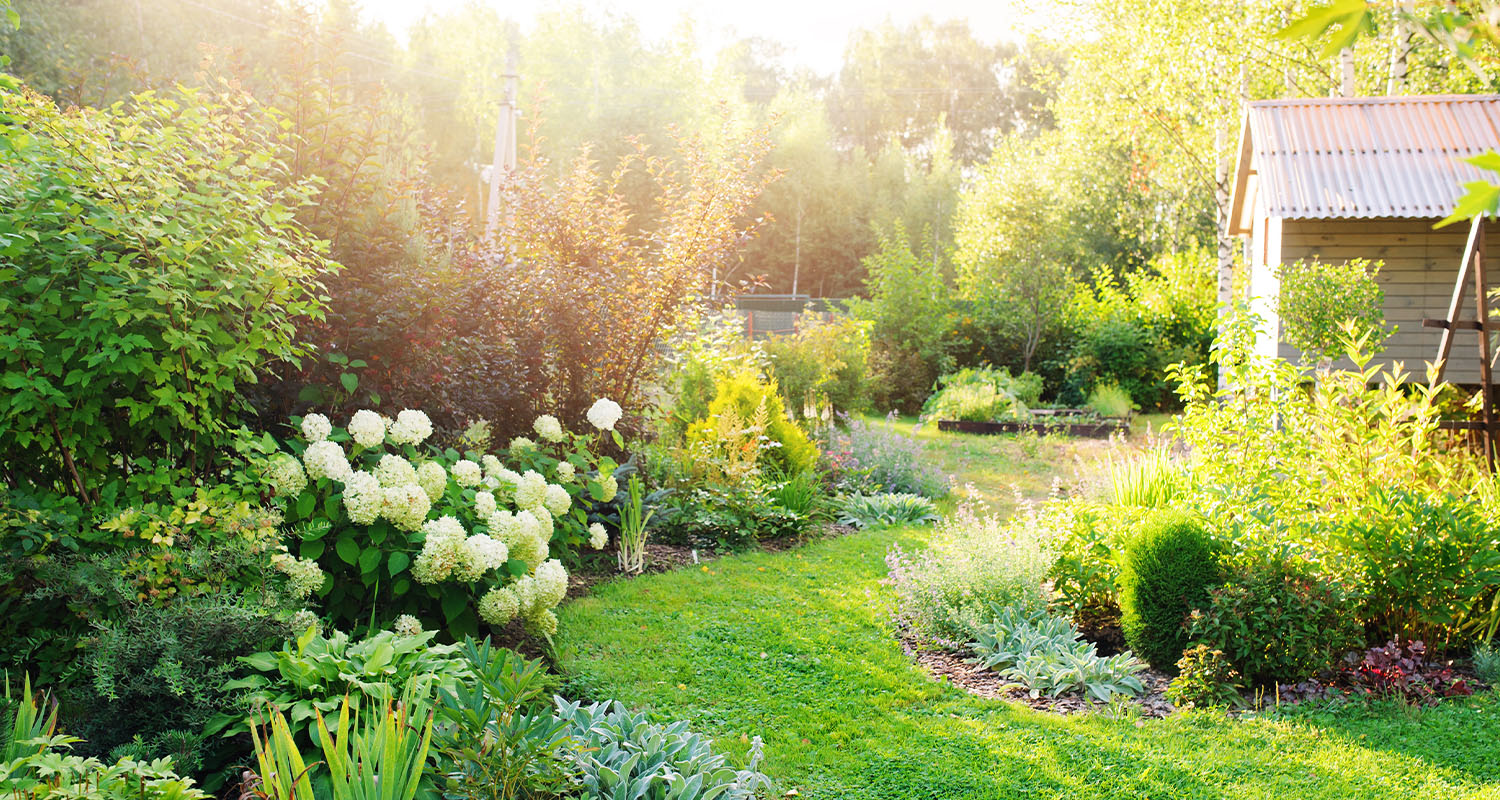Landscaping Design Tips to Keep Your Garden Lush with These Gorgeous Plants that Survive Winter Weather
Whether you’ve recently upgraded the landscaping around your home or are planning to make a change come spring, if you’re a Canadian resident, consider adding gorgeous plants and flowers to your landscape design that survive (and thrive) throughout harsh Canadian winters.
With these winter landscaping plant tips from your local Ottawa landscaping professionals, your garden can survive and be beautiful year-round, even in the coldest weather.
How Winter Weather Affects Plants
Cold weather slows down plant growth. In winter, the lack of sunlight prevents green plants from photosynthesizing and creating food and the below-freezing temperatures stop water circulation in the plant’s sap. While some plants can survive winter, others will die.
How Do Some Plants Survive the Winter?
Cold-resistant perennials and other plants survive the winter in a resting stage underground. They store nutrients in storage organs, such as bulbs, tap roots, and tubers, throughout the spring and summer. During this time they rely on their storage organs to survive while resting underground.
Other plants, such as trees and shrubs, are hardy enough to survive the winter above ground.
What Flowers Survive (And Grow) In the Fall and Winter Seasons?
Here are some of the best flowers that will either grow or survive underground in fall and winter.
Red Twig Dogwood
Notable for their brilliant red hue, red twig dogwoods bring a beautiful pop of color to any winter garden, especially as hedges when planted in groups. However, be sure to give them plenty of room and prune them annually. Annual pruning typically consists of removing the stems that have lost their color as well as those that are damaged or not growing properly. This process helps maintain the vibrant color of the plant by encouraging new stems.
Camellia
Sporting breathtaking blossoms in various pink hues, camellias are another excellent source of color against dark green, wintry foliage. These relatively carefree plants are happiest in partial shade, where they can be sheltered from early morning and afternoon sun. They also require protection from cold winter winds and should be watered frequently, keeping them consistently moist.
Hyssop
This winter herb comes in about 30 different species and can sometimes be used in teas to alleviate respiratory-tract infections. Aim to plant your hyssop in a sunny area with fertile, well-drained soil. To encourage the plant’s expansion, you may want to prune it in early spring.
Coneflower
Coneflowers are beautiful, fast-growing plants that quickly add a variety of colors to your garden. Though not particularly picky about soil, they prefer either full sun or light shade. When planting multiple coneflowers, space them out anywhere from 1 to 3 feet apart. Overall, they are rather low maintenance, only requiring supplemental water when the season is very dry.
Lily-of-the-Valley
A deceptively hardy plant despite its delicate appearance, lily of the valley will grow quite well in nearly any area that has at least some shade. Since these flowers are quite low maintenance, you may only need to water them occasionally when dry spells occur.
Siberian Iris
Not a particularly picky flower, the Siberian iris will grow in both wet and dry soils, though it prefers consistent moisture. When growing them in a colder climate, aim to plant them in full sun and water lightly, but regularly.
‘Purrsian Blue’ Catmint
Flowering from early summer to fall, this durable little flower makes a great addition to any garden, especially when lining paths. It prefers anywhere from full sun to partial shade and, though not required, can be encouraged to fit into a more compact area via pruning.
Cyclamen
Looking to add a sweet scent to your winter garden as well? You may want to consider planting cyclamen, a lovely flower that blooms from fall to late spring. Place cyclamen away from drafts in an area with filtered light and cool temperatures. Water the plant thoroughly while it grows, but try to avoid getting its center wet.
Read More: How To Make Your Garden Look Nice In Winter
What Plants Survive (And Grow) In the Fall and Winter Seasons?
Here are some of the best flowers that will either grow or survive underground in fall and winter.
Winterberry
This plant’s vibrant red berries make a striking contrast against both snowy landscapes and dark green foliage, making it a great addition to any winter garden. Ideally, winterberries prefer wet areas with full sun to partial shade. They may require up to an inch of water per week, so only plant them in dry conditions if you can water them consistently.
Snowberry
If you have an interest in wildlife, you may want to plant snowberries this winter, as these small white berries often attract various types of birds. To obtain the best results, place your snowberry shrub in full sunlight and water it consistently until it has established itself.
Firethorn
Another excellent shrub for any wildlife garden is firethorn. Not only are its red, orange, and yellow berries the perfect complement to fall and winter landscapes, but they also attract birds. To grow a healthy and prolific firethorn shrub, be sure to plant it in full sunlight.
Japanese Yew
If berries aren’t your style, you might want to try planting a Japanese yew. These evergreens grow lovely red fruits that contrast neatly with their green needles. This durable tree does well in moist areas with either shade or sunlight. With proper care, a Japanese yew can grow up to 50 feet, though their patience with pruning makes them an excellent hedge option as well.
Boxwood Hedge
Boxwood hedges are great for lining your garden and preserving privacy while maintaining a fresh green look all throughout winter. Though they can thrive in a range of full sunlight to partial shade, it may be best to plant them under the shelter of trees where their roots have protection from the heat. Weekly watering is required for the first two years after planting.
English Boxwood
The English boxwood, in particular, is a slow-growing plant known for its high pruning tolerance that allows it to be utilized in decadent garden displays. Like other types of boxwood, try to plant your English boxwood in an area sheltered from wind and water it deeply.
Siberian Cypress
Any tree hardy enough to survive the frigid air of Siberia can also thrive during Ottawa’s harshest winters. Unlike most conifers, Siberian cypress does not require full sun to grow. In fact, it tends to prefer partially shaded areas with damp but well-drained soil.
Hosta
Unlike most plants, hostas are remarkable for their ability to grow in shade. They even prefer it! Plant your hostas in an area that receives dappled sunlight to bring a simple yet alluring yellowish-green to your garden. Make sure the soil is well-drained and avoid overwatering.
Low Maintenance Perennials for Canada
Even during the coldest months, certain perennials can bring life to your garden. Look for species that are known to bloom in the winter, providing not just visual interest but also a vital source of nectar for winter-active pollinators.
For those seeking beauty without the high maintenance, consider planting perennials that require minimal care year-round. Sedum, Peony, and Monarda are excellent choices, offering vibrant colors and resilience against the cold. These plants adapt well to the Canadian climate and continue to enhance your garden’s aesthetic with minimal intervention.
Incorporate winter blooming plants and outdoor winter flowering plants in Ontario such as Witch Hazel and Winter Jasmine to add a splash of color to your garden during the grey months. These plants are not only beautiful but also incredibly resilient to the cold weather.
Winter Care for Canadian Perennial Plants
As the temperatures drop, it’s crucial to know how to care for your outdoor plants to ensure they not only survive but thrive during the winter months.
Mulching is essential; it helps insulate the soil, keeping it warm and preventing frost from penetrating too deeply.
Additionally, avoid pruning late in the season as new growth will be particularly vulnerable to frost damage.
For potted plants, consider moving them to sheltered areas or even indoors if possible.
Embracing Winter: Thriving Gardens in Cold Climates
Creating a vibrant winter landscape in Canada is entirely achievable with the right plants and care strategies. From winter flowers that brighten up the season to perennials for Canada that come back year after year, your garden can be a source of joy regardless of the temperature.
Consult with local experts to tailor your garden design to withstand the winter while maintaining its beauty and vitality. Get ready to enjoy a lush, green space that defies the winter chill and transforms into a stunning snowy landscape when the season changes.

In 2008, following a successful career as a member of the Canadian Alpine Ski Team, Jonathan Robert stepped into the landscaping industry, starting Jonathan Robert Landscapes. In the years since he’s quickly earned a reputation for high-quality work with creative designs and has been recognized in several industry-leading publications. Jonathan’s always got an eye on innovation and is always looking ahead to see what’s on the horizon in the industry. He works hard to stay on top of current guidelines, practices, and regulations. Jonathan is a member of Landscape Ontario, the International Concrete Paving Industry (ICPI), Canadian Nursery Landscape Association (CNLA), and is a Tech-Pro contractor.

